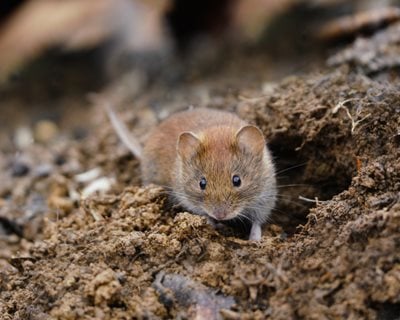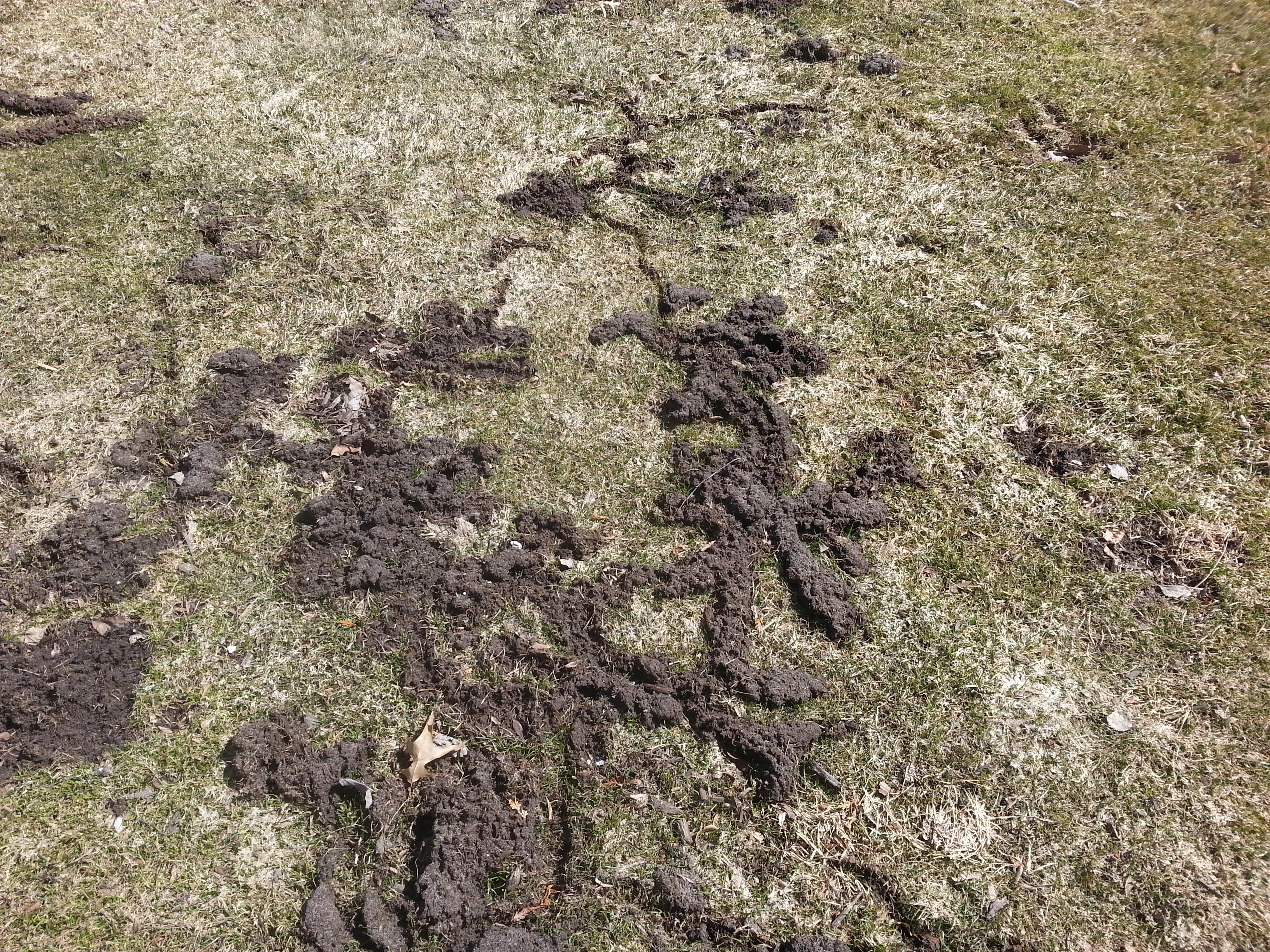Safeguard Your Utah Property: Advanced Vole Control Techniques
Safeguard Your Utah Property: Advanced Vole Control Techniques
Blog Article
The Ultimate Handbook for Vole Bug Control: Specialist Tips on Invasion Management and Treatment
Within the world of pest control, vole invasions provide an unique challenge that demands a calculated strategy. These little rodents, usually puzzled with computer mice, can damage yards, lawns, and even structural stability. The Ultimate Manual for Vole Bug Control offers a thorough guide on recognizing these elusive animals, carrying out avoidance methods, and utilizing efficient trapping techniques. vole pest control. As we dive into the complex globe of handling vole invasions, a wealth of specialist tips and therapy alternatives awaits those looking to reclaim their rooms from these relentless parasites.
Recognizing Vole Infestations
When assessing for vole problems, keen monitoring of certain indicators such as paths and tunnel systems is essential for precise identification. Voles, tiny rats resembling mice, are recognized for the substantial network of surface paths they produce in grass or mulch. These runways typically have a size of about 2 inches and are maintained clear of debris by the voles' constant usage. Furthermore, vole burrow systems are one more key indication of infestation. These tunnel entrances are about 1.5 inches in diameter and bring about superficial passages that house nests and give protection for the voles.

Prevention Methods for Voles
Efficient prevention techniques for vole invasions involve carrying out positive steps to deter these little rodents from causing damages to exterior areas. To shield your property, beginning by keeping a tidy yard cost-free of clutter and particles. Voles are brought in to locations with ample hiding areas, so removing piles of timber, rocks, and dense plant life can assist make your property much less attractive to these bugs. Additionally, routinely maintaining and mowing the yard grass cut short can discourage voles from developing nests (vole pest control).
Additionally, keeping a well-kept yard with proper spacing between plants can aid decrease vole-friendly environments. Prevent overwatering your yard or garden beds, as voles are brought in to wet settings. By executing these prevention methods, you can effectively discourage voles and secure your exterior rooms from problems.
Effective Trapping Techniques
Applying tactical trapping techniques is essential in successfully handling vole populations and reducing damage to outdoor spaces. When establishing up catches for voles, it is vital to position them in energetic paths or tunnel entryways. Voles are known to follow particular paths consistently, making these prime locations for capturing success. One efficient trapping technique is using breeze traps, which helpful hints are developed to quickly and humanely kill voles upon activation. These traps need to be checked consistently and reset as required to guarantee continuous vole control. Furthermore, live catches can be used for those who favor to release voles somewhere else after capture. When making use of live traps, it is essential to transfer the recorded voles much from the trapping website to stop their return. By employing a combination of snap catches and live catches tactically, house owners can successfully decrease vole populations and protect their outdoor areas from additional damages.
Natural and Chemical Treatment Options
To effectively see here now take care of vole populations and minimize damages in outdoor settings, exploring all-natural and chemical therapy alternatives is important. Natural therapies offer eco friendly remedies that can help regulate vole infestations without creating damage to other wildlife or plants.
On the other hand, chemical therapies can give effective control in situations of serious invasions. Rodenticides having zinc phosphide or anticoagulants like bromadiolone can be purposefully placed in vole runways or burrow entryways. It is crucial to manage these chemicals with treatment to prevent unexpected injury to non-target types. Prior to executing any chemical therapy, it is a good idea to talk to an insect control professional to guarantee proper and safe application approaches. By integrating chemical and natural therapy see here options deliberately, vole infestations can be taken care of properly while lessening ecological effect.
Preserving a Vole-Free Setting

Executing all-natural vole repellents like castor oil-based products or predator pee can likewise assist in hindering voles from attacking your home. These repellents work by developing a negative environment for voles, motivating them to look for sanctuary elsewhere. By incorporating these preventative measures and preserving an alert approach to vole control, you can produce a vole-free setting that inhibits problems and advertises lasting bug management success.
Final Thought
Finally, effective vole parasite control calls for a combination of identifying invasions, implementing avoidance strategies, using effective trapping strategies, and considering natural or chemical therapy alternatives. By preserving a vole-free environment with these approaches, homeowners can effectively manage and lower vole populations on their building - vole pest control. It is necessary to constantly keep track of for signs of problem and take positive measures to protect against future vole issues
By precisely identifying vole invasions early on, proper parasite control measures can be implemented immediately to reduce possible damage to yards, yards, and plants.
Having established strategies to resolve vole invasions through chemical and all-natural therapies, the focus currently changes to preserving a vole-free setting for long-term bug control.Implementing natural vole repellents like castor oil-based products or predator urine can additionally assist in hindering voles from invading your building. By including these precautionary procedures and maintaining an alert approach to vole control, you can develop a vole-free atmosphere that dissuades invasions and promotes lasting bug administration success.
In conclusion, successful vole insect control needs a mix of identifying infestations, carrying out avoidance strategies, using effective capturing techniques, and thinking about chemical or all-natural therapy alternatives.
Report this page